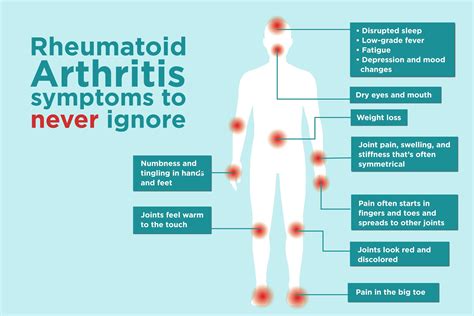Rheumatoid Arthritis (RA) is a complex autoimmune condition that leads to various symptoms, prominently joint pain and stiffness. One symptom that often raises eyebrows is the low-grade fever associated with RA. But why does this happen, and when should you be concerned?

RA occurs when the body’s immune system mistakenly targets its own cells. This misguided response leads to widespread inflammation, which manifests as stiffness, swelling, and joint pain. This inflammation can also trigger a low-grade fever.
The primary symptoms of RA begin in the smaller joints, particularly those that connect fingers to hands and toes to feet. As the disease advances, it may spread to the wrists, knees, and other larger joints. Typical symptoms of rheumatoid arthritis include:
Joint swelling
Redness
Stiffness, often worsening in the morning or after periods of inactivity
Pain in more than one joint, usually affecting both sides of the body symmetrically
Fatigue, fever, and loss of appetite
It’s worth noting that while osteoarthritis, another common type of arthritis, is characterized by the breakdown of cartilage in joints, RA’s symptoms are primarily due to autoimmune reactions. Another form, infectious arthritis, presents with symptoms like fever, chills, joint inflammation, tenderness, and sharp pain often resulting from an injury or infection.
When it comes to addressing the fever associated with RA, it’s vital to recognize it as an indicator of ongoing inflammation. By managing RA through treatment plans and preventive measures, patients can often reduce or eliminate these fevers. However, if you experience persistent fevers or other concerning symptoms, it’s essential to consult with a doctor.
In summary, fevers in RA are a reflection of the body’s inflammatory response. Recognizing and addressing them can be crucial in ensuring effective RA management and improving the overall quality of life.


